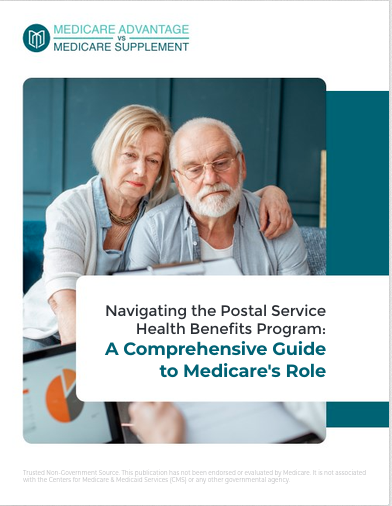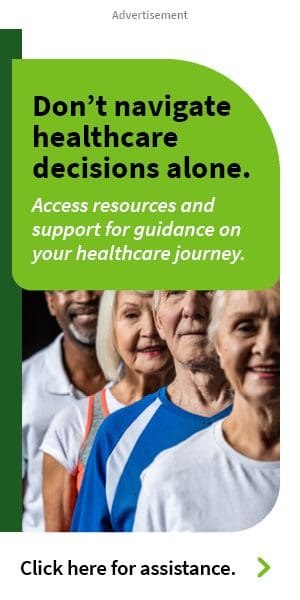Key Takeaways
- The Donut Hole, or coverage gap, is a critical phase in Medicare Part D prescription drug plans that affects out-of-pocket costs for beneficiaries.
- Understanding the structure and financial impact of the Donut Hole, as well as strategies for managing costs, is essential for Medicare beneficiaries.
What is the Donut Hole? Key Facts About Medicare Prescription Drug Coverage
Medicare Part D provides prescription drug coverage to millions of beneficiaries, helping to reduce the cost of medications. However, a significant aspect of Medicare Part D is the coverage gap known as the Donut Hole. Understanding what the Donut Hole is, how it works, and its financial implications can help beneficiaries manage their prescription drug costs more effectively. This article explores the key facts about the Donut Hole, including its definition, operation, financial impact, management strategies, and recent changes.
Defining the Donut Hole in Medicare Prescription Drug Coverage
The Donut Hole, or coverage gap, is a phase in Medicare Part D prescription drug plans where beneficiaries may face higher out-of-pocket costs for their medications. It is a crucial part of the Medicare prescription drug benefit structure and can significantly affect how much beneficiaries pay for their medications during a specific period.
The Structure of Medicare Part D
Medicare Part D plans generally have four phases of coverage:
- Deductible Phase: Beneficiaries pay the full cost of their medications until they reach the plan’s deductible.
- Initial Coverage Phase: After meeting the deductible, beneficiaries pay a copayment or coinsurance, and the plan covers the rest until the total drug costs reach a certain limit.
- Coverage Gap (Donut Hole): Once the total drug costs (including what the plan and the beneficiary have paid) reach a certain threshold, beneficiaries enter the Donut Hole.
- Catastrophic Coverage Phase: After out-of-pocket costs in the Donut Hole reach a specific limit, catastrophic coverage kicks in, significantly reducing the cost of medications for the remainder of the year.
How the Donut Hole Works in Medicare Part D Plans
Understanding how the Donut Hole operates is essential for managing your prescription drug costs effectively.
Entering the Donut Hole
The Donut Hole begins once the total drug costs (including what the plan and the beneficiary have paid) reach a specific threshold. For 2024, this amount is $4,660. After reaching this limit, beneficiaries enter the Donut Hole and pay higher out-of-pocket costs for their medications.
Costs in the Donut Hole
While in the Donut Hole, beneficiaries are responsible for a higher percentage of their prescription drug costs. In 2024, beneficiaries will pay 25% of the cost for both brand-name and generic drugs. This percentage has decreased over the years due to provisions in the Affordable Care Act aimed at closing the Donut Hole.
Exiting the Donut Hole
Beneficiaries exit the Donut Hole once their out-of-pocket costs reach the catastrophic coverage threshold. For 2024, this amount is $7,400. After exiting the Donut Hole, catastrophic coverage kicks in, and beneficiaries pay significantly reduced costs for their medications for the remainder of the year.
Financial Impact of the Donut Hole on Beneficiaries
The Donut Hole can have a significant financial impact on Medicare beneficiaries, particularly those with high medication needs or chronic conditions.
Increased Out-of-Pocket Costs
During the Donut Hole phase, beneficiaries pay a larger share of their prescription drug costs, which can lead to increased out-of-pocket expenses. This sudden increase in costs can strain a beneficiary’s budget, especially for those on fixed incomes or with extensive medication needs.
Budgeting and Financial Planning
The financial impact of the Donut Hole underscores the importance of budgeting and financial planning. Beneficiaries need to anticipate the potential for higher out-of-pocket costs and plan accordingly to ensure they can afford their medications throughout the year.
Variation by Plan
The specifics of the Donut Hole, including the deductible and the initial coverage limit, can vary by plan. Beneficiaries should review their Part D plan details to understand their coverage and potential costs fully.
Strategies for Managing Costs During the Donut Hole Phase
There are several strategies that beneficiaries can use to manage their prescription drug costs during the Donut Hole phase effectively.
Review and Compare Medicare Part D Plans Annually
Medicare Part D plans can change annually, including their costs and coverage details. During the Medicare Open Enrollment period (October 15 to December 7), beneficiaries should review and compare different Part D plans to find one that best meets their needs and minimizes out-of-pocket expenses.
- Check Coverage for Medications: Ensure that the plan covers all necessary medications and review the formulary (the list of covered drugs).
- Compare Costs: Look at premiums, deductibles, copayments, and coinsurance rates.
- Consider Pharmacy Networks: Some plans offer lower costs at preferred pharmacies.
Utilize Generic and Preferred Drugs
Switching to generic or preferred drugs can significantly reduce costs. Generic drugs are typically much cheaper than brand-name drugs and have the same active ingredients and effectiveness.
- Ask Your Doctor: Discuss with your healthcare provider if there are generic or lower-cost alternatives to your current medications.
- Check the Formulary: Review your plan’s formulary to find preferred drugs that might be more affordable.
Apply for Extra Help
The Extra Help program assists Medicare beneficiaries with limited income and resources in paying for prescription drug costs, including premiums, deductibles, and coinsurance. Beneficiaries who qualify for Extra Help will not experience the Donut Hole.
- Eligibility: Check if you meet the income and resource limits for Extra Help.
- Application: Apply for Extra Help through the Social Security Administration.
Use Pharmaceutical Assistance Programs
Many pharmaceutical companies offer assistance programs to help cover the cost of medications for those who cannot afford them.
- Research Programs: Look into assistance programs offered by the manufacturers of your medications.
- Apply: Apply directly through the pharmaceutical company’s program to receive discounts or free medications.
Explore State Pharmaceutical Assistance Programs (SPAPs)
Some states offer programs to help residents with their prescription drug costs. These programs vary by state and can provide additional support for those in the Donut Hole.
- Check Availability: Determine if your state offers an SPAP and what benefits are available.
- Enroll: Enroll in your state’s SPAP if eligible to receive additional assistance.
Utilize Mail-Order Pharmacies
Mail-order pharmacies often provide medications at a lower cost than retail pharmacies, especially for maintenance drugs taken regularly.
- Convenience and Savings: Order a 90-day supply of medications through a mail-order pharmacy to save on costs and trips to the pharmacy.
- Check with Your Plan: Verify if your Part D plan has a preferred mail-order pharmacy option.
Monitor and Manage Medication Usage
Managing medication usage effectively can help minimize costs and avoid unnecessary expenses.
- Medication Adherence: Ensure you are taking medications as prescribed to avoid complications that could lead to higher healthcare costs.
- Medication Reviews: Regularly review your medications with your healthcare provider to determine if any can be discontinued or adjusted.
Recent Changes and Future Outlook for the Donut Hole
The Donut Hole has undergone significant changes over the years, primarily due to provisions in the Affordable Care Act (ACA).
Closing the Donut Hole
The ACA included measures to gradually close the Donut Hole, reducing the out-of-pocket costs for beneficiaries. By 2020, the Donut Hole was effectively closed, meaning beneficiaries pay 25% of the cost for both brand-name and generic drugs while in the coverage gap.
Future Outlook
While the Donut Hole has been closed, it is essential for beneficiaries to stay informed about potential changes to Medicare Part D plans and coverage rules. Legislative changes or updates to Medicare policies can impact the structure and costs associated with prescription drug coverage.
Conclusion
The Donut Hole in Medicare Part D prescription drug plans significantly impacts out-of-pocket costs for beneficiaries. Understanding the structure of the Donut Hole, its financial implications, and strategies for managing costs can help beneficiaries navigate this coverage gap more effectively. By reviewing and comparing Part D plans annually, utilizing generic drugs, applying for assistance programs, and exploring cost-saving measures, beneficiaries can better manage their prescription drug expenses during the Donut Hole phase.
Contact Information:
Email: [email protected]
Phone: 7575556789










